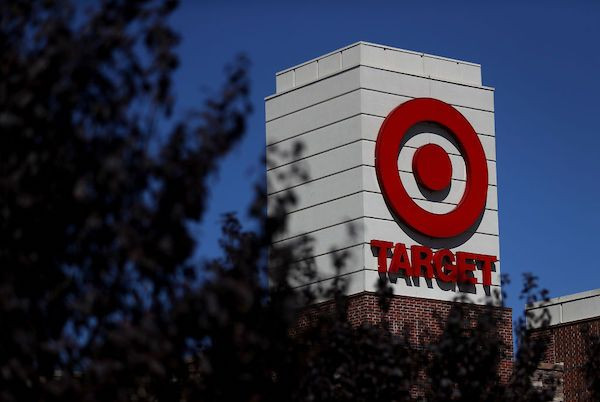Dow Jones Up 240 Points As Target, Lowe's And Fed Policy Boost Stock Market

The U.S. Federal Reserve is coming under increasing pressure to again cut interest rates as a closely watched Treasury yield curve inverted for the second time in two weeks on Wednesday.
Despite this ominous reoccurrence, Wall Street preferred to see the bright side with all three indices staging a solid rally on the back of unexpectedly strong earnings from retail giants Lowe's Companies Inc., Target Corporation and Home Depot Inc.
Analysts said the retail revival helped to somewhat calm mounting fears the U.S. is marching inexorably towards an economic recession on account of Trump's trade war against China. Wall Street also took heart from news the Fed intends to remain flexible in implementing policy changes, as indicted by the minutes from its July 30 to 31 meeting.
The Dow Jones Industrial Average jumped 240.29 points, or 0.9%, to 26,202.73. The S&P 500 improved 0.82% or 23.92 points to 2,924.43, while the NASDAQ Composite rose 71.65 points, or 0.9%, to hit 8,020.21.
Stocks were already rising before the Fed's minutes became public, and were further boosted after results from the retail giants became apparent. Target’s shares posted a record in light of the company's fiscal second-quarter earnings and sales that handily beat analysts' expectations.
It ended the day at $103 per share, up a massive 20%, after opening at $99.87. Target is the eighth largest U.S. retailer.
Lowe's, the second largest hardware chain in the U.S., said its second-quarter net income increased to $1.68 billion ($2.14 a share) from $1.52 billion ($1.86 a share). Sales were up 0.5% to $20.99 billion.
The minutes of the Fed’s July meeting reveal most members of the Fed's Federal Open Market Committee (FOMC) that supported the July 31 rate cut agreed with chairman Jerome Powell’s assessment it was a “mid-cycle adjustment” and not the start of an aggressive monetary easing campaign.
Analysts said Wall Street has already priced-in the near-certain interest rate cut on Sept. 18 when the FOMC’s concludes its policy meeting. The minutes also show the Fed believes “it was important to maintain optionality in setting policy.”

Overshadowing this spate of good news is the unsettling revelation the closely watched spread between the 2-year Treasury yield and the 10-year Treasury flattened, then inverted for the second time in about a week late Wednesday. The spread inverted soon after the Fed released its minutes.
The yield-curve inversion has preceded the past seven recessions. It represents a condition where shorter-dated debt yields more than their longer-dated bonds.
Investors worry if this inverted yield curve remains inverted, a recession is more likely within the next two years.
“Looks like the Fed is going to be stubborn, and the yield curve is starting to price that in,” said Andy Brenner of National Alliance.
© Copyright IBTimes 2024. All rights reserved.




















